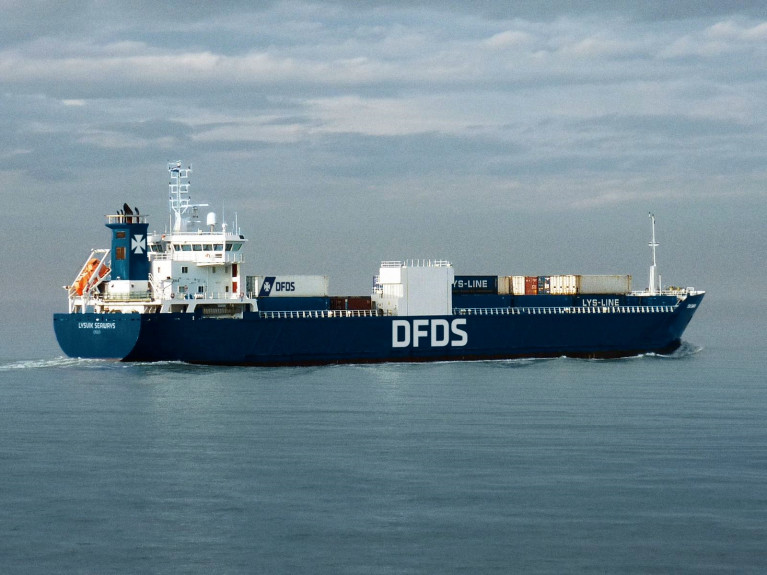Displaying items by tag: Sale Ships
DFDS Sale Container/Sideport Ships But Leased Back to Continue Nordic-UK-Europe Service
Danish shipping operator DFDS which operates the Rosslare-Dunkirk 'Brexit-Bypass' ferry route has entered into sale and lease-back agreements for two container/sideport loading ships, writes Jehan Ashmore.
The deal took place last month between DFDS and the Finnish shipping firm Godby Shipping A.B. based in Mariehamnm, the capital of the Åland Islands located in the Baltic Sea.
The two ships involved are the Norwegian flagged pair Lysvik Seaways (1997) and Lysbris Seaways (1998) which will continue to be deployed on routes between the Nordic state, the UK and the European continent mainly carrying containers and industrial paper products.
The agreement also includes options to extend the charters beyond 2024.
Lysvik/ Lysbris Seaways main characteristics:
Loa 129 m
Beam 18 m
Dwt 7.500 ton
Speed 16 knots
Wärtsilä 46C 6.300 kW main engine
DNV +1A1 E0 Ice(C) TMON
Afloat tracked the Lysvik Seaways which had been in Ijmuiden and is currently at the Port of Amsterdam. While off Norway, Lysbris Seaways (see Dutch port related 'sail' story) is en-route from Bergen and the UK port of Sheerness in Kent.
Also tracked by Afloat back in 2019 was Lysvik Seaways which was due to Belfast Harbour when operating between Norway and the UK.
A year later Godby Shipping A.B. also had links with the Irish Sea as they had chartered the ro-ro freighter Misida to P&O Ferries route of Dublin-Liverpool.
























































